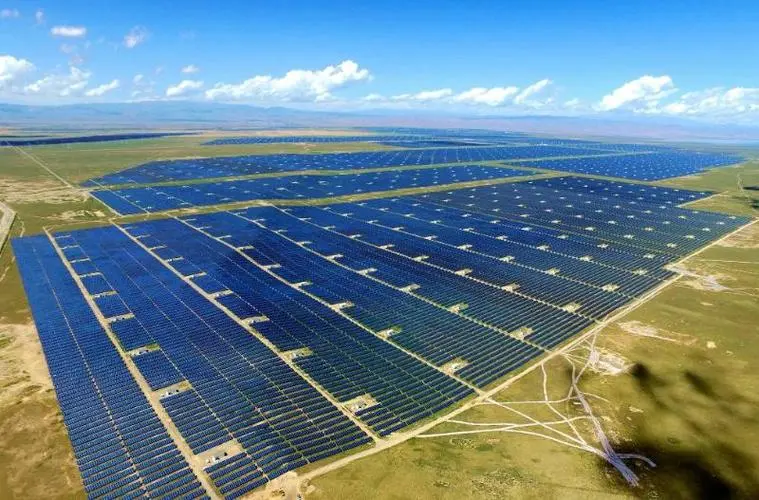In 2023, the global industrial and commercial sector witnessed a remarkable 115% growth in newly installed capacity for advanced energy storage, surpassing both grid-side and household storage. Notably, China's industrial and commercial energy storage saw a growth rate of 105%. In 2024, China's industrial and commercial energy storage sector is poised for continued rapid development. The country aims to establish a comprehensive energy storage system, primarily based on pumped hydro storage and other advanced storage technologies, including electric vehicles, to drive the low-carbon transition in China.
Among various energy storage methods, pumped hydro storage stands out as the most mature and cost-effective technology, boasting multiple functionalities such as peak shaving, frequency regulation, phase adjustment, energy storage, emergency backup, and black start capabilities. With a conversion efficiency of around 75%, these systems offer a long lifespan, high efficiency, large installed capacity, and extended discharge durations. As China transitions to a higher share of renewable energy sources, pumped hydro storage plants are expected to play a crucial role in daily grid regulation, significantly reducing the overall energy storage costs.
China plans to embark on large-scale construction of pumped hydro storage projects, particularly focusing on small to medium-sized projects near load centers with short construction cycles. This initiative aims to be completed within 5 to 10 years, synchronizing or even slightly preceding the upgrades to the power grid. Concurrently, efforts will continue in site surveys to strengthen the reserve of advantageous resources. By the end of 2023, China's cumulative pumped hydro storage capacity reached 51.3 GW, accounting for 59.4% compared to 77.1% in 2022. The target for pumped hydro storage by 2025 is over 62 GW, and it is expected to reach approximately 120 GW by 2030. However, to match the pace of renewable energy development, this plan falls short. Predictions from relevant institutions suggest that, to achieve carbon neutrality by 2025, China needs a pumped hydro storage installed capacity of 130 GW and 250 GW by 2030.
In recent years, the rapid decline in battery prices has fueled the rapid development of new energy storage technologies, primarily lithium-ion batteries. In comparison to pumped hydro storage, lithium-ion batteries offer higher system efficiency, faster response times, greater flexibility in site selection, lower construction difficulty, and shorter construction cycles, albeit with higher safety requirements. By the end of 2023, over 25 provinces in China have formulated "14th Five-Year Plan" targets for new energy storage, surpassing 70 GW in total capacity. The surge in electric vehicle adoption has further elevated the potential of vehicle-to-grid interactions, as electric vehicle batteries become significant contributors to energy storage. China aims to enhance the reliability and cost-effectiveness of coordinating electric vehicles with the grid, utilizing their idle time and surplus charging-discharging cycles for distributed energy storage. By 2050, China's total vehicle fleet is expected to reach 500 million to 1 billion, with electric vehicles accounting for over 90%. At that point, relying solely on electric vehicles can meet the country's grid energy storage needs for 2-4 days.
Future energy storage in China will evolve into an integral and crucial component of smart grids and new power systems, maintaining a balance between electricity generation and consumption. It will become a vital industry under market mechanisms, promoting the development of new energy storage, encouraging investment in peak shaving and frequency regulation capabilities, and addressing storage challenges through market-oriented solutions. The initiative aims to encourage the integration of local grids, microgrids, and self-contained power networks, leading the way in implementing comprehensive solutions for energy generation, storage, and consumption.
China envisions a comprehensive energy storage system, combining the strengths of pumped hydro storage and new energy storage technologies, supported by various forms of energy storage, including electric vehicles. This integrated approach will provide robust support for the large-scale and high-proportion integration of renewable energy, facilitating the creation of a new power system and advancing China's low-carbon goals.
